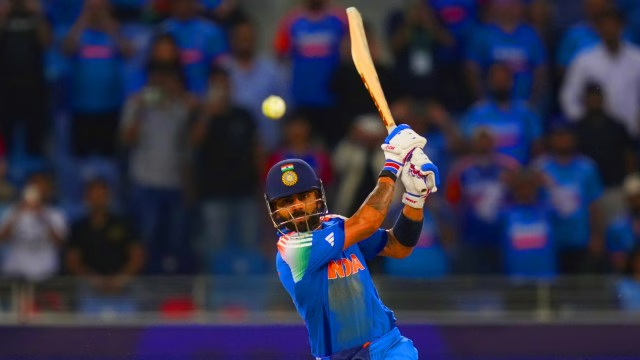
Play, Win, Repeat: Join the Game Now!

We’re Here to Help – Contact Us!

Customer Support Email and Phone Number
Contact form with fields – Name, Email, Message
Important Notice:
This platform is strictly for entertainment purposes only, and no real money is involved in playing fantasy sports games. Participation in fantasy sports is restricted in certain states due to local regulations. Players residing in Nagaland, Sikkim, Odisha, Andhra Pradesh, Telangana, and Assam are prohibited from participating as fantasy sports are banned in these states. Additionally, only individuals who are 18 years or older are permitted to play. We encourage responsible play and remind users that fantasy sports are games of skill and strategy, intended solely for fun and engagement..